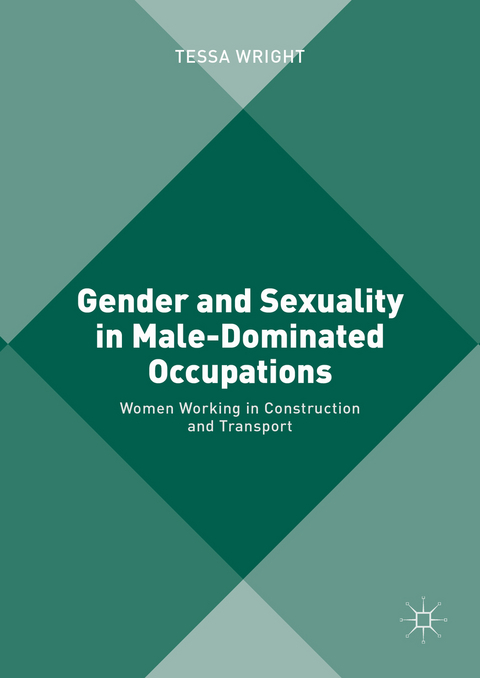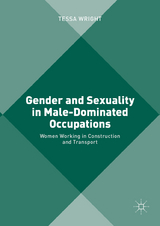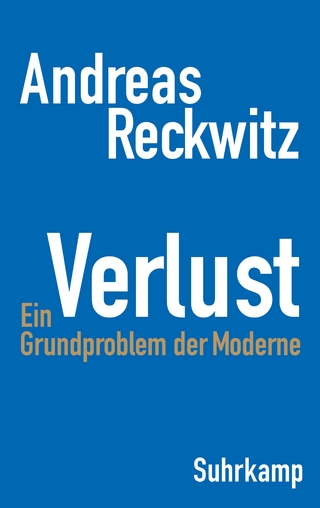Gender and Sexuality in Male-Dominated Occupations
Palgrave Macmillan (Verlag)
978-1-137-50134-9 (ISBN)
Tessa Wright is a senior lecturer in Human Resource Management at the Centre for Research in Equality and Diversity, Queen Mary University of London, UK. Her research covers equality and discrimination at work, with an interest in strategies for advancing equality, including through trade unions.
1 Introduction.- 1.1 The policy context for addressing gender inequality at work.- 1.2 Progress on LGBT rights.- 1.3 The research.- 1.4 Outline of the book.- 2 Understanding gender, sexuality and occupation in male-dominated work.- 2.1 Occupational gender segregation.- 2.1.1 The effects of occupational gender segregation.- 2.1.2 Theories of occupational gender segregation.- 2.2 Women in non-traditional work.- 2.2.1 ‘One of the boys’.- 2.2.2 Sexuality and embodiment.- 2.2.3 Where are the lesbians?.- 2.3 LGBT experience at work.- 2.3.1 Disclosure of minority sexuality.- 2.3.2 Class and sexuality at work.- 2.3.3 The fluidity of sexual identities.- 2.4 Theories of sexuality.- 2.5 Intersectionality.- 2.6 Conclusion.- 3 Gender segregation in the construction and transport sectors.- 3.1 Women’s participation in construction and transport work.- 3.1.1 Women in UK construction and transport.- 3.1.2 International comparisons.- 3.2 Education, training and career choice.- 3.3 Working in construction and transport occupations.- 3.3.1 Working in construction.- 3.3.2 Working in transport.- 3.3.3 Work patterns and hours.- 3.4 Conclusion.- 4 Occupational choice, gender and sexual identity.- 4.1 Choosing non-traditional occupations.- 4.1.1 Occupational trajectories.- 4.1.2 Choice and material realities.- 4.1.3 Work choice and identity.- 4.2 Identities at work.- 4.2.1 Gendered bodies at work.- 4.2.2 Minority sexual identity at work.- 4.2.3 Empowerment, work and gender identity.- 4.3 Conclusion.- 5 Workplace interactions in male-dominated organisations.- 5.1 (Hetero)sexualised interactions.- 5.2 Minority sexuality in the workplace: reducing sexual tension?.- 5.3 Sexual and homophobic harassment.- 5.3.1 Heterosexual women’s experience.- 5.3.2 Lesbians’ experience.- 5.4 Managing men.- 5.5 Supportive workplace relations.- 5.6 Conclusion.- 6 Support and solidarity: networks and trade unions.- 6.1 Relations with female colleagues.- 6.2 Industry and professional networks for women.- 6.3 Staff networks.- 6.4 Trade unions.- 6.4.1 Union membership.- 6.4.2 Trade unions as sources of support.- 6.4.3 Attitudes towards women’s and LGBT separate organising.- 6.4.4 Challenging inequality within unions.- 6.5 Conclusion.- 7 Managing working hours and domestic life.- 7.1 Gender, sexuality and the division of labour.- 7.2 Working hours and flexibility.- 7.3 Negotiating work and domestic circumstances.- 7.4 The significance of earnings.- 7.5 An alternative division of labour?.- 7.6 Conclusion.- 8 Effective interventions for change.- 8.1 Attracting and recruiting women into non-traditional occupations.- 8.2 Retaining women in non-traditional work.- 8.2.1 Workpatterns and flexible working.- 8.2.2 Support.- 8.3 Setting employment equality objectives.- 8.4 The role of the law.- 8.4.1 Great Britain.- 8.4.2 South Africa.- 8.4.3 The United States.- 8.5 Conclusion.- 9 Conclusions.- 9.1 The value of an intersectional approach.- 9.1.1 Identities and occupational choice.- 9.1.2 Interactions at work.- 9.1.3 Use of support and networks.- 9.1.4 Managing work and home.- 9.2 The challenges of an intersectional approach.- 9.3 Prospects for the future.- Appendix: Table of women worker interviewees.- Bibliography
| Erscheinungsdatum | 04.07.2016 |
|---|---|
| Zusatzinfo | XV, 287 p. |
| Verlagsort | Basingstoke |
| Sprache | englisch |
| Maße | 148 x 210 mm |
| Themenwelt | Sozialwissenschaften ► Soziologie |
| Technik ► Bauwesen | |
| Wirtschaft ► Betriebswirtschaft / Management | |
| Schlagworte | Bodies • Empowerment • harrassment • LGBT • Participation • Policy • Representation • Segregation • Trade unions • workplace |
| ISBN-10 | 1-137-50134-0 / 1137501340 |
| ISBN-13 | 978-1-137-50134-9 / 9781137501349 |
| Zustand | Neuware |
| Haben Sie eine Frage zum Produkt? |
aus dem Bereich




